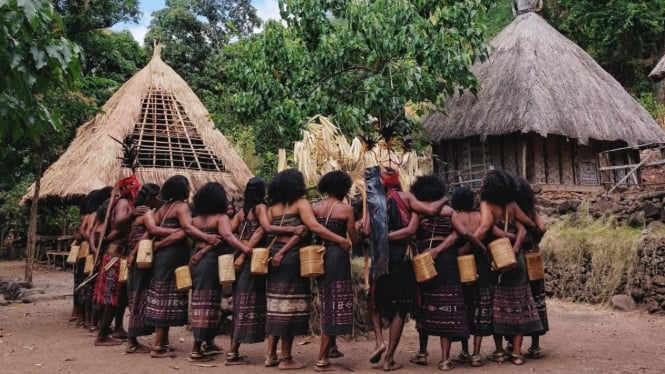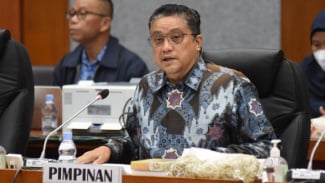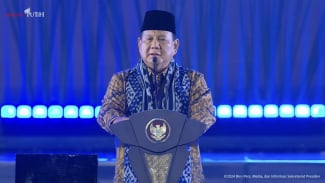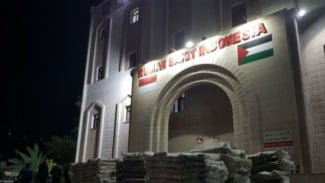Lego-Lego, Hereditary Traditional Dance of Abui Tribe
- Arianti Widya's
VIVA – The Abui tribe in Takpala Village, Alor Regency, East Nusa Tenggara has many unique and rich traditions that have been passed down from generation to generation or hereditary. One of them is Lego-Lego Dance. This dance has the meaning of community unity to unite to build a village and help each other.
Traditional Lego-Lego dances are usually performed for welcoming guests, wedding ceremonies, cultural events, and other ritual ceremonies.
According to the head of the Abui Tribe Studio, Mr. Sipri said this dance has been around for generations, which has the meaning of unity.
“Lego-Lego has existed since our ancestors. So, they have been passed down from generation to generation. The purpose of this dance, yes, for the community to be able to build a village and unity,” Mr. Sipri remarked.
Lego-Lego Dance from Abui Tribe
- Arianti Widya
As known, Takpala Village, the Abui Tribe has become one of the must-visit tourist destinations in Alor, East Nusa Tenggara. Usually, if there are visitors, the people of Alor will welcome tourists with Lego-Lego dance, and invite tourists to dance together.
The dancers will form a circle, walking fast or sometimes slowly, holding each other's shoulders and then moving around the Moko (Abui tribe's valuables or dowry). Usually, this dance is performing in a special place called the Mesbah.
Looking from the dance moves, the Lego-Lego dance pattern is a curved line and the dancers are close together. This creates an impression of unity and brotherhood.
When viewed from the dance movements, it can be concluded that the Lego-Lego dance floor pattern is a curved line floor pattern. The dancers will make a circle while dancing together. The use of this floor pattern creates an impression of unity and brotherhood among the dancers.
As reported from the website of the Ministry of Education and Culture, the main meaning of the Lego-Lego dance is unity or togetherness among the people of Alor, East Nusa Tenggara. This dance contains the spirit of mutual cooperation, supportive attitude, and willingness to provide motivation.
According to one of the local people of Alor, Ricard said that the beginning of this dance originated from ancestors who really liked to dance close together, sticking their finger together, then dancing in a circle.
"So, at first the ancestors really liked to dance and be close together, they put their finger together and danced in a circle," Ricard remarked.



























